Tobe
Editor's Column "Craft Production Regions" VOL.4 AD
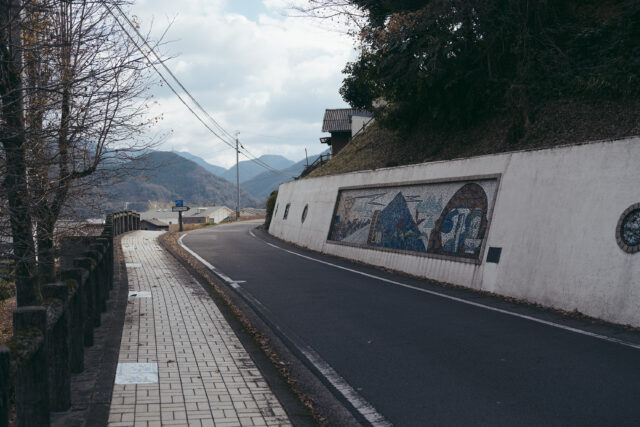

VOL.1-4
Update
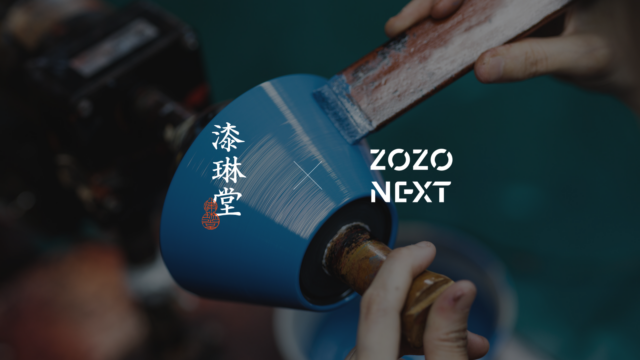
VOL.1-19
Update
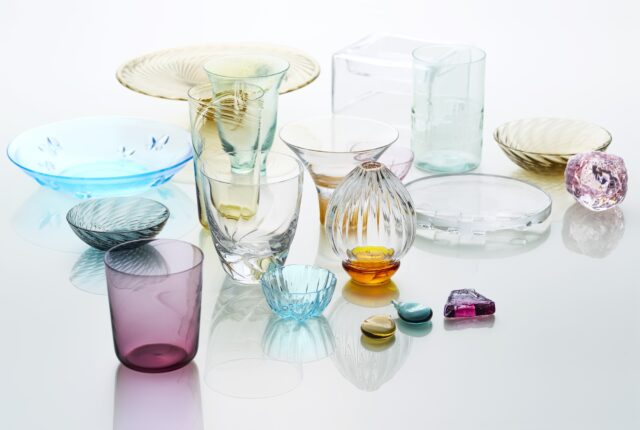
VOL.1-17
Update
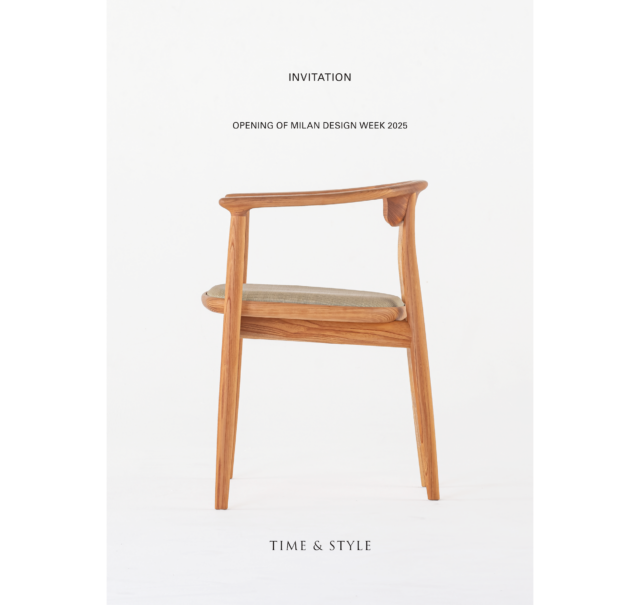
VOL.1-43
Update
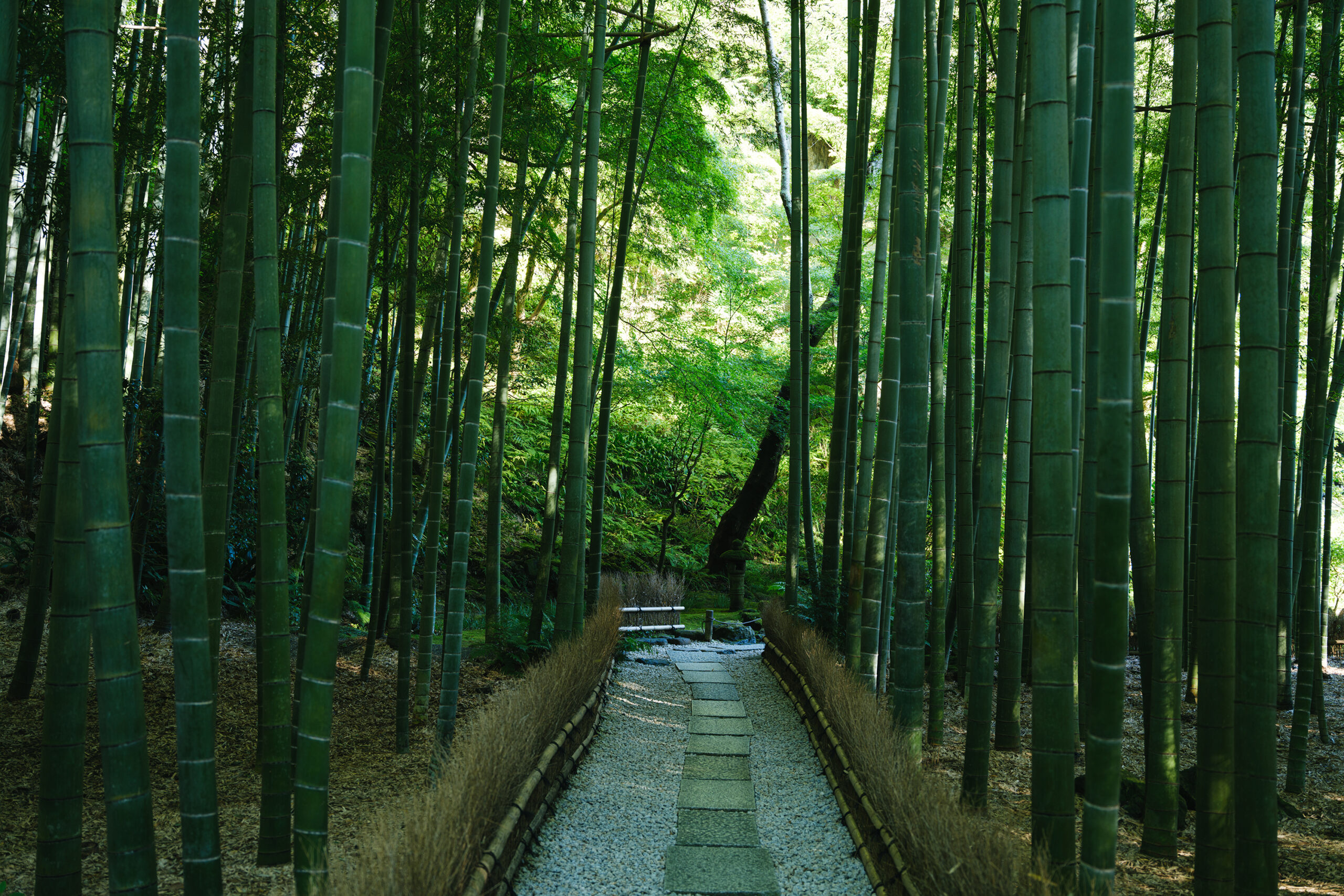
VOL.1-2
Update
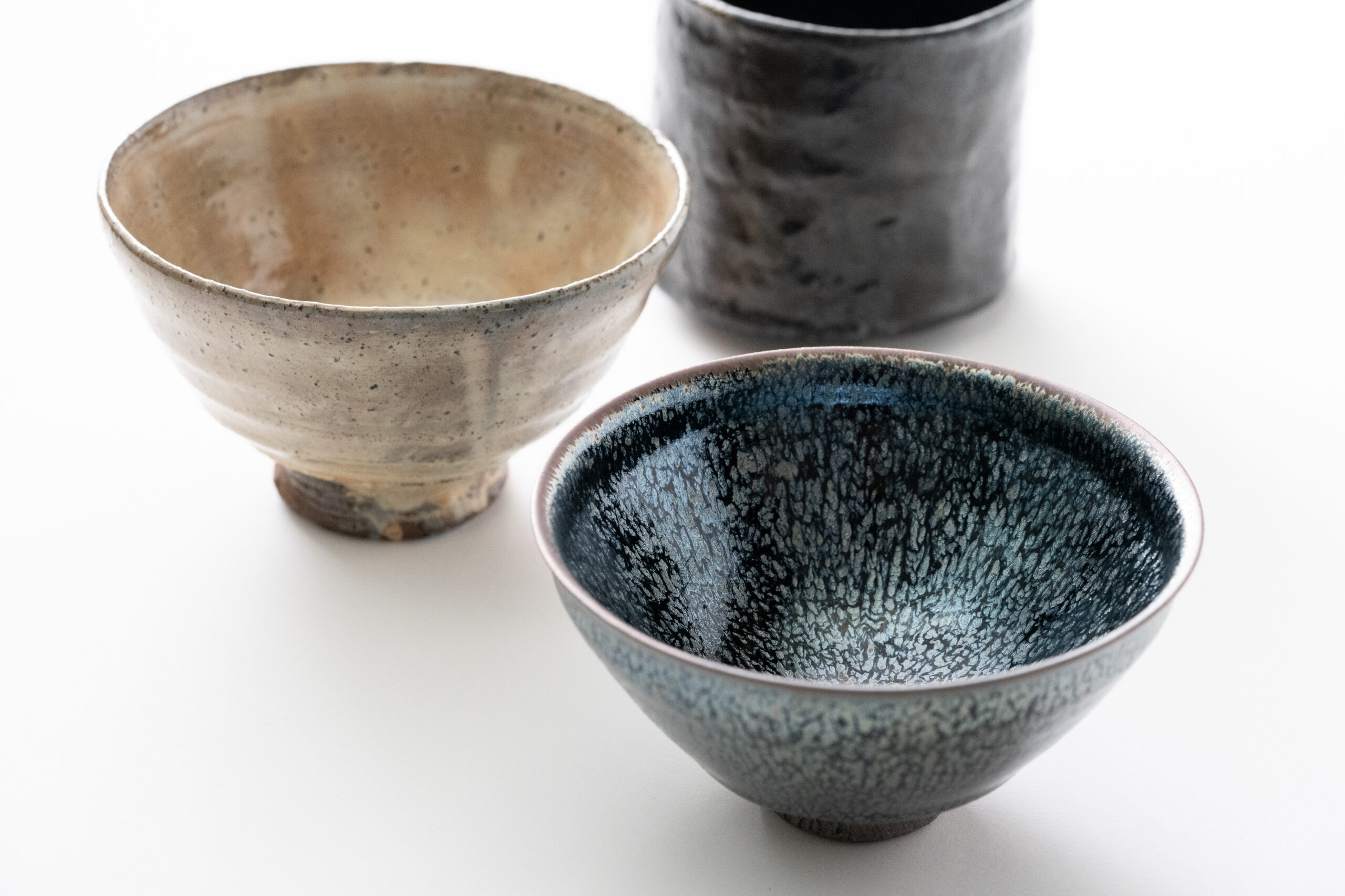
VOL.1-3
Update

VOL.1
Update
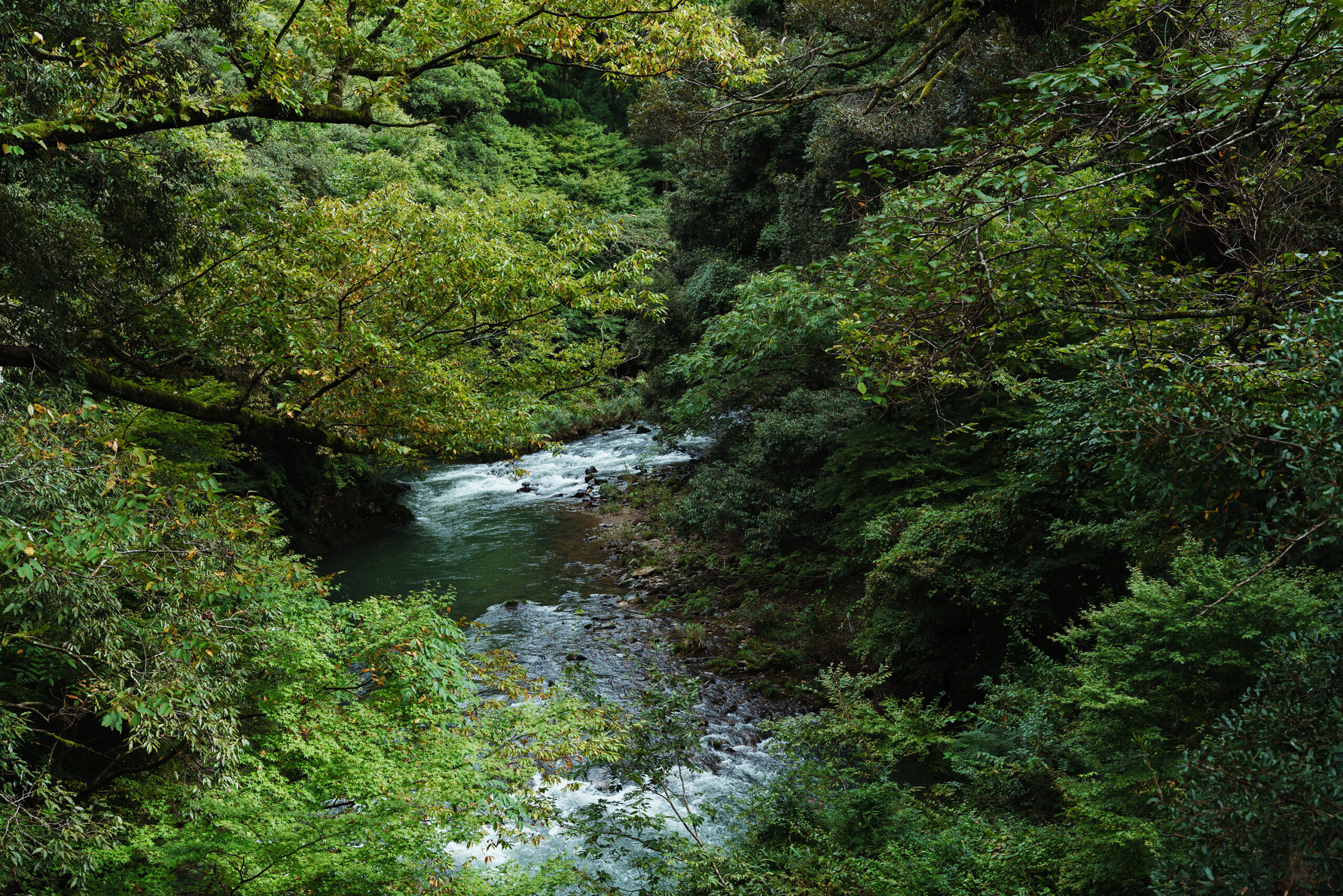
VOL.1-7
Update
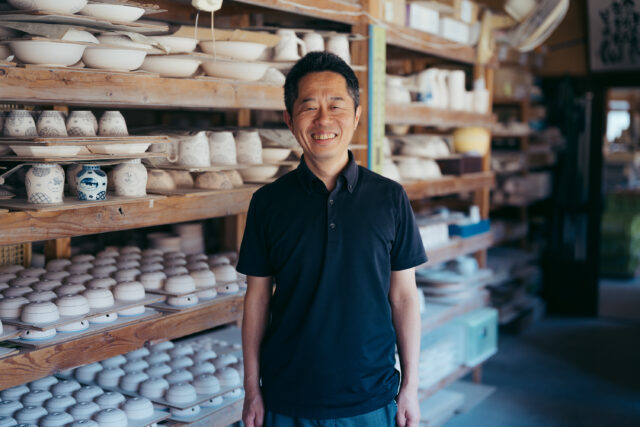
VOL.1-32
Update
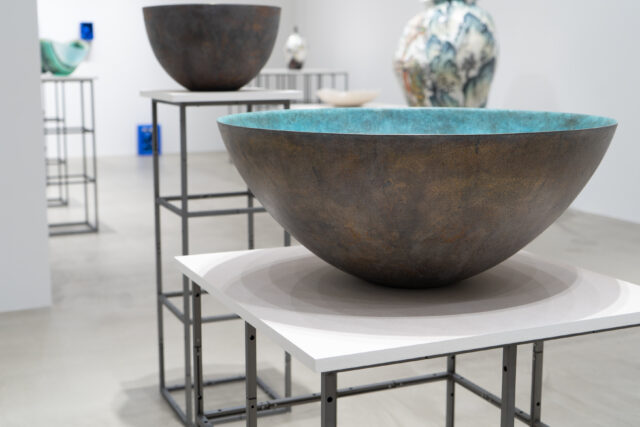
VOL.1-26
Update
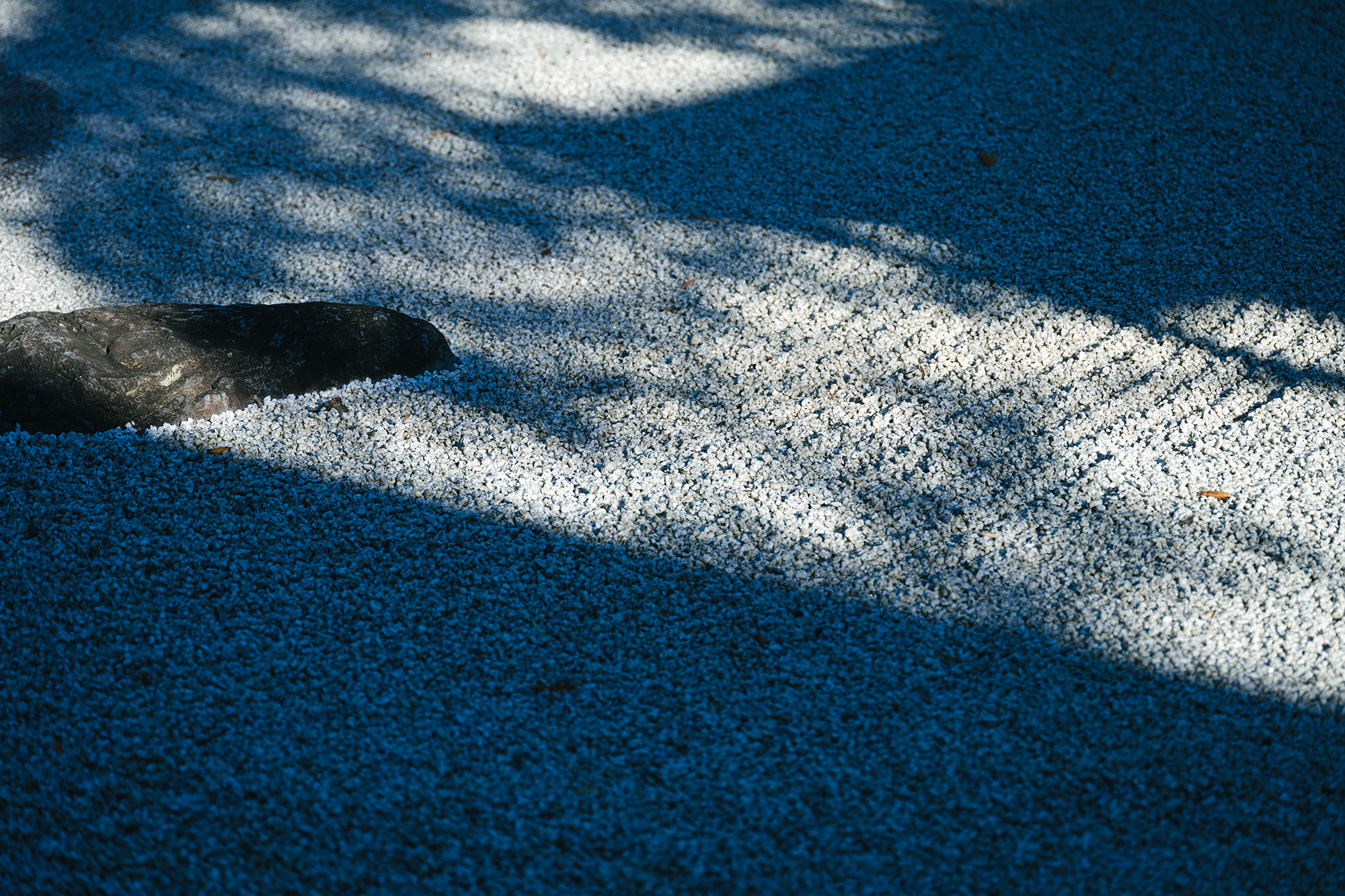
VOL.1-12
Update
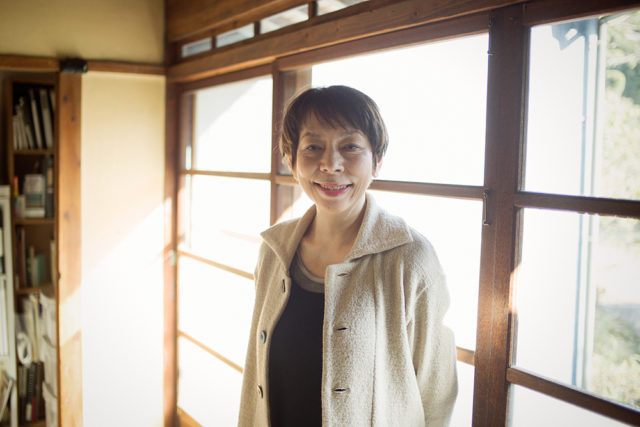
VOL.1
Update
We share a variety of information and perspectives on Japanese crafts, including exhibition information and interviews.
Editor's Column "Craft Production Regions" VOL.4 AD
KOGEI Topics VOL.19
New Products VOL.17
Featured Exhibitions & Events VOL.43
Apr 5 – Jun 22, 2025
SEIKADO BUNKO ART MUSEUM
Apr 19 – Nov 24, 2025
The Museum of Oriental Ceramics, Osaka
Apr 26 – Aug 3, 2025
Raku Museum
Apr 29 – May 6, 2025
KYUSHU CERAMIC MUSEUM

A clear, unclouded white. Many people may be surprised to learn that this work is Bizen ware. This piece, which vividly betrays the image that first comes to mind when one hears the word “Bizen,” is a “Shiro-Bizen” (literally, “White Bizen”) tea bowl that ceramic artist Syo Fujita has been developing in recent years.
The various yohen effects that manifest on works during firing are a highlight of Bizen ware, but White Bizen is known to have been produced since the Edo period (1603-1868). Older pieces that have survived are rare, and the texture of white varies from artist to artist, even among contemporary pieces. Syo uses only the purest ceramic stone mined from deep underground in Mitsuishi in Bizen, and fires them unglazed in a wood-fired kiln to create a dazzling white scene unparalleled in the world. The sharply carved shapes, which resemble snow-capped mountain ranges, further enhance the graceful charm of the white clay.
There is no compromise in the pursuit of expressions that make Bizen clay look its most beautiful. When the unlimited potential of clay meets the creativity of the artist, works that transcend existing concepts are sure to be born.